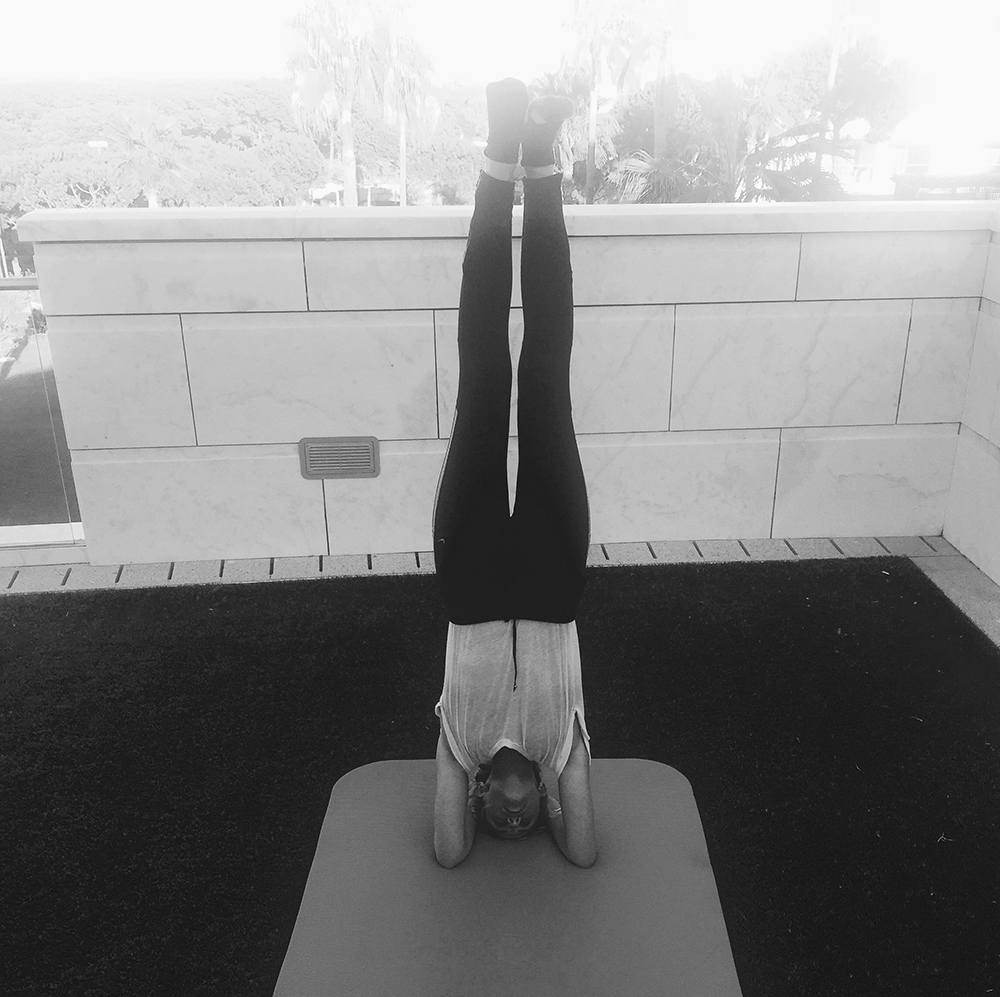
Photo courtesy of Dr Anna Cantlay
Yoga is an ancient Indian practice. The word “yoga” is derived from the Sanskrit word “yuj” meaning unite or integrate. The practice aims to connect and harmonise the body with the mind via a series of poses (asanas) and meditation.
I often promote yoga to my patients. I practice myself (although don’t ask me to touch my toes…) and can vouch for the benefits of improved core strength, relaxation and wellbeing.
But is this anecdotal evidence enough to suggest it to patients? I became intrigued to investigate the research behind the practice further. Here’s what the literature tells us:
Respiratory conditions
Bronchiectasis is a long-term lung condition where the airways become thickened and a lot of thick, sticky mucus is produced that is difficult to clear. This can lead to recurrent chest infections and difficulty breathing. A commonly-used therapy for the condition is “postural drainage” – a technique that involves placing the body in several positions that aid mucus clearance. Although limited evidence exists exploring the effect of yoga on bronchiectasis, postural drainage is a well-documented therapy for the condition. Positions similar to yoga poses, where the head is below the lungs, use gravity to assist patients to clear their mucus.
A recent Cochrane review looked at the effect of yoga on patients with asthma. They reviewed 15 studies, called randomised controlled trials, and a total of 1048 patients. They concluded that there was “moderate quality” evidence that yoga improved symptoms and quality of life in asthmatics.1 Other studies have shown that yoga breathing exercises may reduce the frequency of asthma attacks or how patients react to certain triggers. Despite these promising results, the latest British Thoracic Society guidance states there is not enough evidence on yoga breathing techniques for doctors to recommend yoga.2
Yogic breathing exercises have also been found to improve aspects of lung function and exercise tolerance in COPD patients and could be used as an adjunct in pulmonary rehabilitation.3
Bone and muscle health
Yoga can also be of benefit for bone health, particularly of the spine. Varied spinal movement has been shown to help preserve the health and strength of building blocks of the spine, called vertebrae.4 Moderate, weight-bearing exercises also help to prevent osteoporosis – a condition where the bones lose density making them prone to fracture. However, exercise must be tailored to the individual and be mindful of higher-risk patients where uncontrolled spinal flexion has been shown to lead to vertebral compression fractures.4
Given its benefits on spinal health, it’s no surprise that yoga can work wonders for back pain. Studies have shown that yoga is effective in both the long and short term at treating chronic back pain5. Exercise, either aerobic or yoga based, is also stated as first-line in the treatment of back pain by the National institute of Clinical Excellence – an organisation many doctors use to guide their practice.6
Mental Health
Exercise is often considered an important tool in maintaining emotional as well as physical wellbeing. In addition, yoga-based meditation, otherwise known as “Dhyana” is an excellent stress reliever. By clearing the mind and bringing your focus to your body and your breathing, the body can calm into a relaxation state. Women practicing yoga have demonstrated a reduction in depression scores.7 Further research published in the journal Complementary Therapies in Clinical Practice found that women suffering from anxiety who participated in a two-month yoga class had significantly less symptoms.
Immune system
We all know that being relaxed makes you feel good, but does yoga actually improve your immune system? Researchers at the University of Oslo suggest it could. The study looked at the effects of a yoga-based program on a type of white blood cell called a peripheral blood mononuclear cell (PBNC). The study showed that yoga did indeed affect the immune system on a molecular level, affecting gene expression. Although the number of participants was very small (only 14) making it difficult to draw conclusions, it is an exciting development in understanding the physiological impact of yoga on our bodies.9
Pregnancy
An individualised yoga program has been shown to be a safe exercise option for pregnant women, with additional antenatal and perinatal benefits. A review of the literature has shown that yoga improves the psychological well-being of the mother in pregnancy and labour, leads to improved pain during labour, and has a positive effect on other birth variables (e.g. birth weight and number of preterm births).10,11
Continence
Urinary incontinence, or loss of bladder control, can cause great distress to women of all ages. Pelvic floor exercises remain the gold standard exercise in improving incontinence symptoms, particularly those caused by stress incontinence. However, several studies have also shown promising results in the use of yoga as a complementary therapy for incontinence. One American study demonstrated that at the end of a 6-week yoga course women reported a 66% reduction in the frequency of their incontinence. However, the number of patients in the study was small and it may be difficult to draw conclusions.12
Overall, it would seem there is some science behind the practice. Yoga is a great tool as a complementary practice for physical and mental health, but at present should not be recommended as an alternative practice to more evidence-based treatments.
Happy practising!
